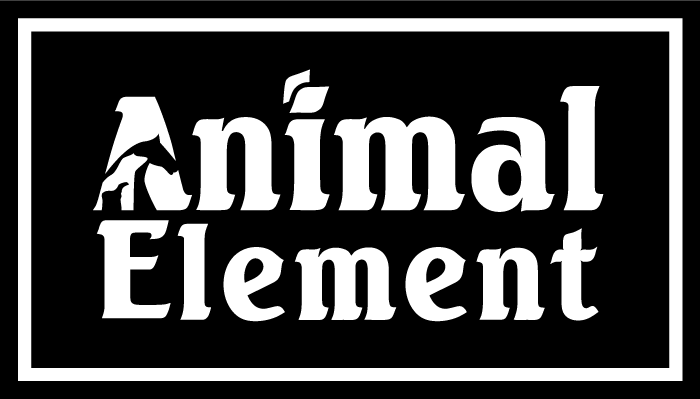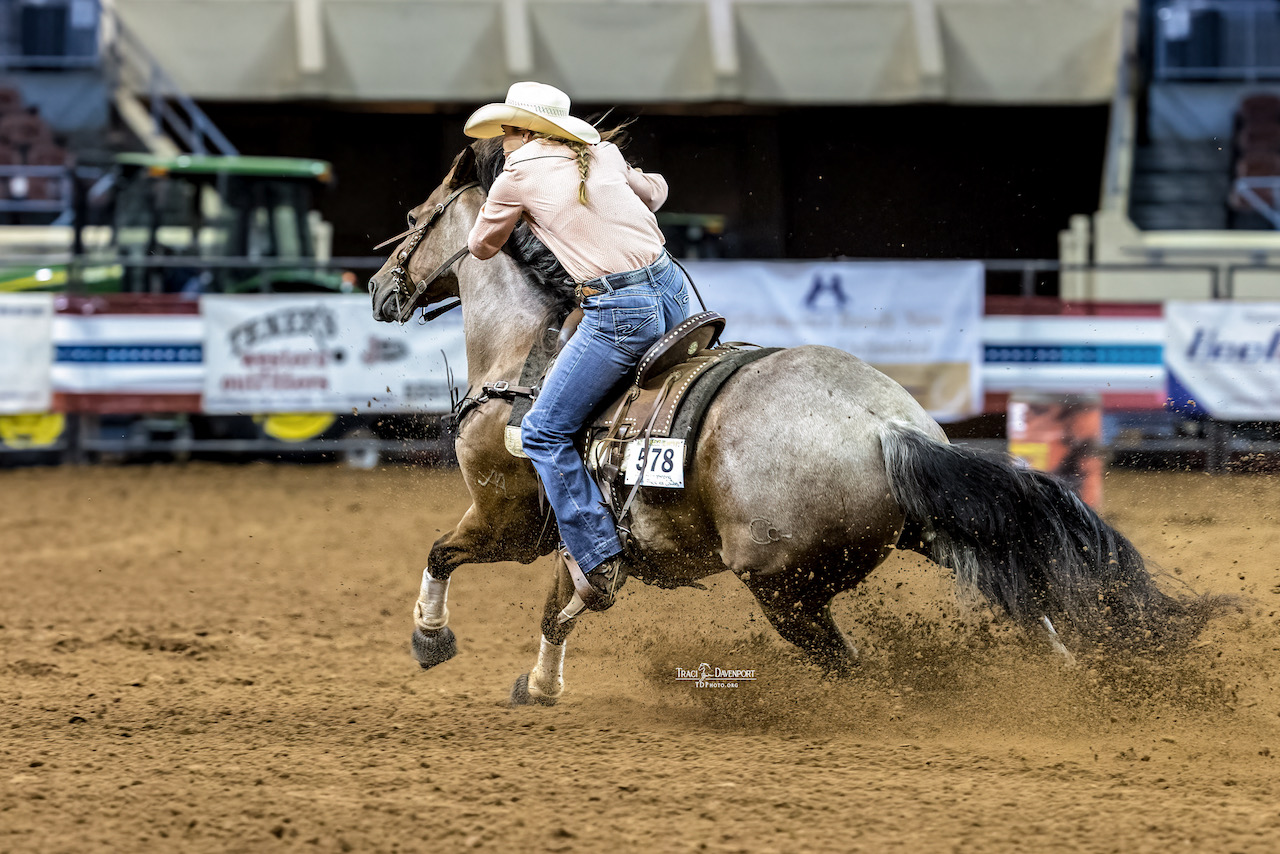Last updated on January 4, 2024
4 Ways Shari Kennedy Keeps Training Interesting for a Barrel Horse

Aside from being a barrel racer and Animal Element dealer, Shari Kennedy also runs a training program with her husband, Will, in South Dakota. They have a knack for finding a great barrel horse prospect, and pay close attention to the horse’s lineage.
(Read more about how Shari picks a prospect horse here.)
Because Shari generally knows what type of mind her horse will have, she focuses on keeping them interested in the training and preventing boredom. We sat down to talk with her about some of her tried and true methods for training a barrel horse. We appreciated her solid, well-rounded approach so much, we thought we’d share it with you!
1. Make Sure They’re Ready to Be a Barrel Horse
Before even starting a horse on the barrel patterns, Shari makes sure that they have a strong groundwork foundation and are in the right state of mind. “I need to be able to shape their body,” she says. This will make the horse use their whole body correctly in a turn, instead of just bending their neck and losing control of their hind end. The horse must be non-resistant to her directions, and eager to listen and learn. She doesn’t want to have to micromanage their every movement, or have them lean against or onto her. “Once they get to that point,” Shari says, “then we’re ready to put them on the pattern.”
2. Stay Out of the Arena
Shari and Will’s favorite place to train a barrel horse is in the cornfields. They try to stay out of the arena as much as possible so the horse doesn’t become dependent on the fences. She’s found that if they can be responsive in the field, they will be just as responsive in the arena. This also keeps things from getting boring for the horse, and rider.
While in the field, they practice doing 90 degree corners by riding in “squares with rounded corners.” Once a horse can do that like it’s second nature, they will be able to hit all 4 points around the barrel without difficulty. “It’s amazing how much it will free up a horse’s front end when they can properly do a 90 degree corner,” Shari explains. They also work on holding their shape and then releasing. The Kennedy’s are big on letting go of their faces so the horse can move freely.
3. Little to No Drills

Admittedly, Shari doesn’t do a lot of drills in her training. Her horses are usually a “show me once and then move on” type of horse, so she makes sure not to get repetitive. “We find it beneficial with our bloodlines of horses that we ride to show them once, the correct way. And then when they’re correct, we quit.” She’s noticed that if they are drilled too much, they will assume they’re doing it wrong, and try it in a different way. That “different way” ultimately ends up being incorrect.
Besides the 90 degree corners, another movement the Kennedy’s focus on while training a barrel horse is dropping the hind end and gathering underneath. “About the only drill we do on the barrel,” says Shari, “is to trot or lope up there [to the barrel], stop, back them up and push the hip in. Then we’ll trot a couple squares and move on to the next one.” Shari is big on running her horses to the first barrel, and having them stop and sit to drag their butt.
4. Keep it Fun
“When we go to the pattern, we want it to be something FUN, not something they’re dreading,” Shari explains. By keeping the drills short and to a minimum, and working more in the field than an arena, her barrel horses seem to learn faster. This also helps keep their minds fresh and try to make as fast of a run as possible. It’s important to Shari that her barrel horse WANTS to run a pattern. She believes that doing a lot of slow patterns over and over takes the fun out of running it. And it also doesn’t teach them that they’re supposed to run fast.

Different For Some Horses
Shari recognizes that not every barrel horse will learn the way her preferred bloodlines do. Some horses need more repetition in order to really learn the pattern, and that’s fine. What’s important is that they are ready to learn the pattern, know what’s expected of them at the barrel, and can have fun during training and competing. “The last thing you want is a resentful horse,” says Shari. And we have to agree with her on that one! To learn more about the Kennedy’s program, check out their Facebook page for Lazy Y Cross Performance Horses.

